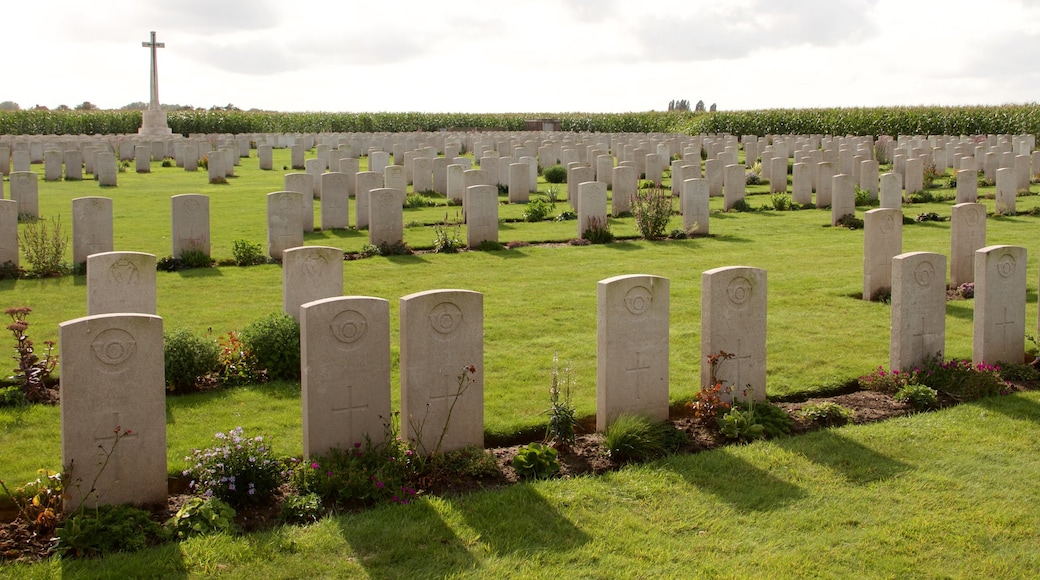Tour World War I sites, see restored medieval buildings and relax on beaches in this beautiful province in northwest Belgium.
West Flanders is a living memorial to those who died in World War I. Museums, shrines and reconstructions of historic buildings are signs of the devastation that shook the region in the second decade of the 20th century. In addition to the war heritage, this part of Belgium fascinates with its picturesque towns, cities and beaches.
For a poignant study of the history and consequences of the war on West Flanders, visit Ypres (Ieper)Opens in a new window. The countryside around the city witnessed five major battles in which more than 1 million soldiers on both sides were killed or wounded.
Tour the In Flanders Field Museum where you will come across personal accounts of some of those who fought in the trenches. The museum is housed in the Cloth Hall (Lakenhalle)Opens in a new window, once a major trading hub in the Middle Ages. Step outside the hall into Ypres Market Square (Grote Markt)Opens in a new window, which is lined by reconstructed historical buildings. Behind the square is the Menin Gate MemorialOpens in a new window.
After your exploration of World War I history, enjoy some of the region’s other major tourist draws. Go to Kortrijk, a city that can trace its history back to Gallo-Roman times. See the Broel Towers, once part of the medieval city walls, and browse the boutiques of K in Kortrijk, the largest shopping center in the entire province.
Visit BrugesOpens in a new window, the capital of West Flanders and delight in the old world charm of its cobblestone streets and historic center crisscrossed by canals. Explore medieval buildings, such as the 13th-century Church of Our Lady.
Change the scenery with a trip to nearby Ostend Beach. The long, sandy expanse is a popular summer destination and is bordered by a seafront promenade. While you are here, stop by Fort Napoleon, a 19th-century polygonal defensive structure.
Reach West Flanders by flying into Lille or Bruges and rent a car to get around to the province’s World War I sites, beaches and medieval cities. You can also come by train from many other European destinations. Take the Coast Tram to travel between the seaside resorts in the north.





